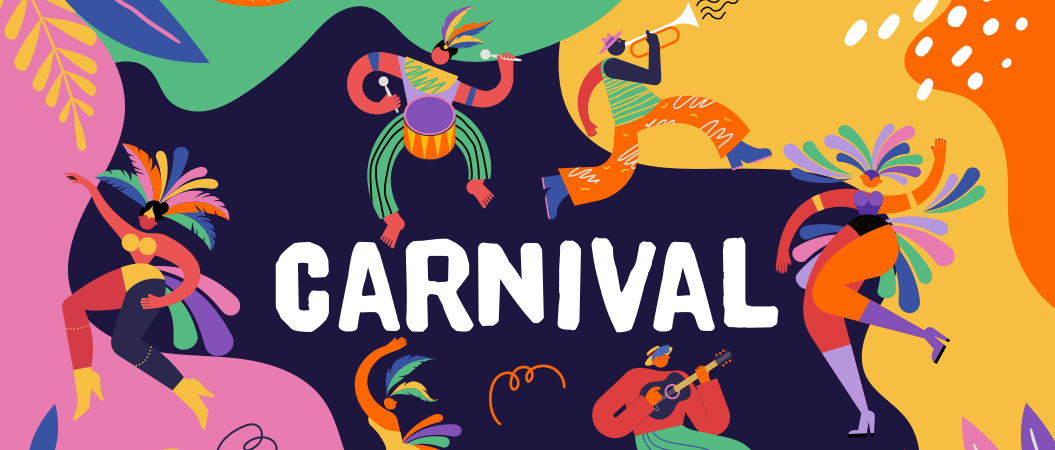The art of carnival
From the opulent parades in Rio de Janeiro to the soulful rhythms of Trinidad and Tobago, Carnival is a global phenomenon that transcends cultural boundaries. But where did this vibrant celebration originate and what layers of meaning are sewn into its colourful tapestry?
Carnival’s historical roots trace back to ancient Rome with the Saturnalia festival, initially a one-day event on December 17th to honour Saturn, the god of agriculture and time. This celebration, marked by a temporary release from social obligations and hierarchies, grew in popularity and eventually extended to a week-long festival, culminating on 23 December.
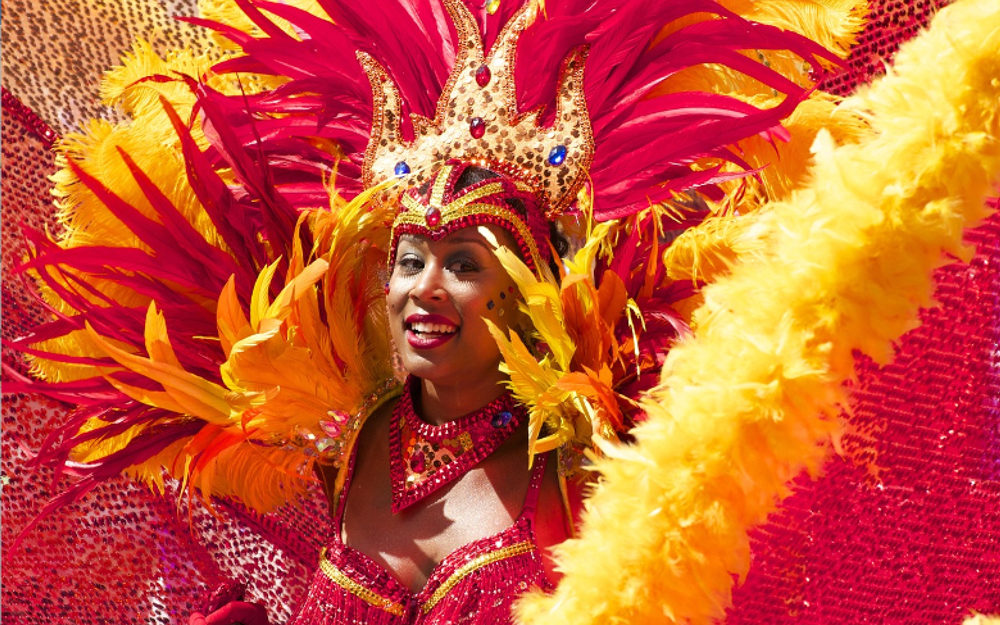
As Rome’s influence expanded, so too did its festivals. The Carnival of Venice, which later became globally renowned, exemplifies the spread and evolution of these festivities. Interestingly, the Carnival of Venice was abolished in 1797 by Napoleon but was revived in 1979. Ironically, the spread of Carnival traditions globally can be attributed to the European conquerors and colonists, with France introducing it to New France in North America, and Spain and Portugal bringing it to the Americas.
Carnival’s transformation in the Americas was significantly influenced by both the native populations and the Africans brought there. Native Americans had their pagan community celebrations, which the Catholic Church allowed to continue, integrating them with Christian meanings. Meanwhile Africans, who were originally free but enslaved, played a crucial role in shaping modern Carnival traditions. They infused the festival with vibrant colours, lively music, and the use of feathers and other natural objects in costumes, which people believed would bring spiritual strength to the wearer. These elements continue to be prominent in Carnival celebrations across the Americas today.
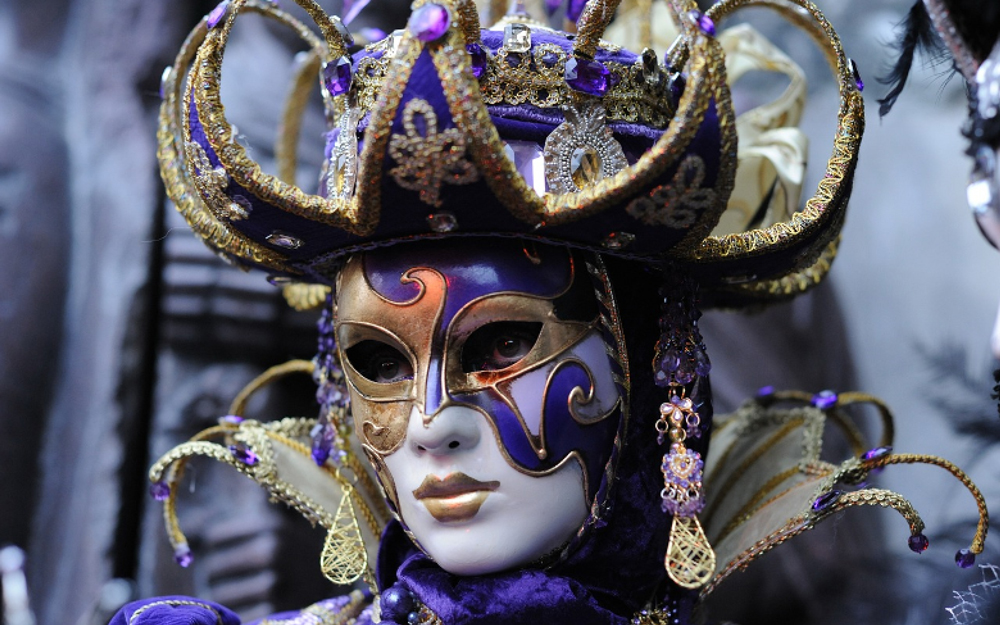
This amalgamation of different cultural elements from Europe, Africa, and the Americas has given Carnival its unique and richly diverse character, making it a truly global phenomenon with deep historical roots. Indeed, while Carnival celebrations share a common festive spirit, they vary greatly in their cultural significance and expression across the world.
In Venice, the Carnival is distinguished by the extensive use of masks, a tradition dating back nearly a thousand years. These masks play a crucial role in the festivities by symbolising anonymity and equality among participants, irrespective of social status. Today, Venice thrives on the sale of these masks and costumes, both to tourists and locals, during the Carnival period.
In Brazil, the Carnival is synonymous with the Samba, a dance and musical style with roots in the African community. But this vibrant and energetic dance form, born from the fusion of African musical traditions and European influences, is more than just a dance; it represents a way of life that connects Brazilians to their cultural heritage. Samba schools, integral to the Carnival, compete fiercely and showcase months of preparation in elaborate parades that feature intricate floats and costumes. In this way Samba is a celebration of Brazil’s cultural diversity and a homage to its African roots.
Similarly, in Trinidad and Tobago, Carnival is deeply ingrained in the island’s culture. Known for its colourful costumes and exuberant celebrations, the festival traditionally features Calypso music, which originated among enslaved West and Central Africans. This genre has evolved, with Soca music now predominating. The festival also includes unique elements like “mas” (masquerade), stick-fighting, and limbo competitions, highlighting its rich cultural tapestry woven from the hardships of its African origins.
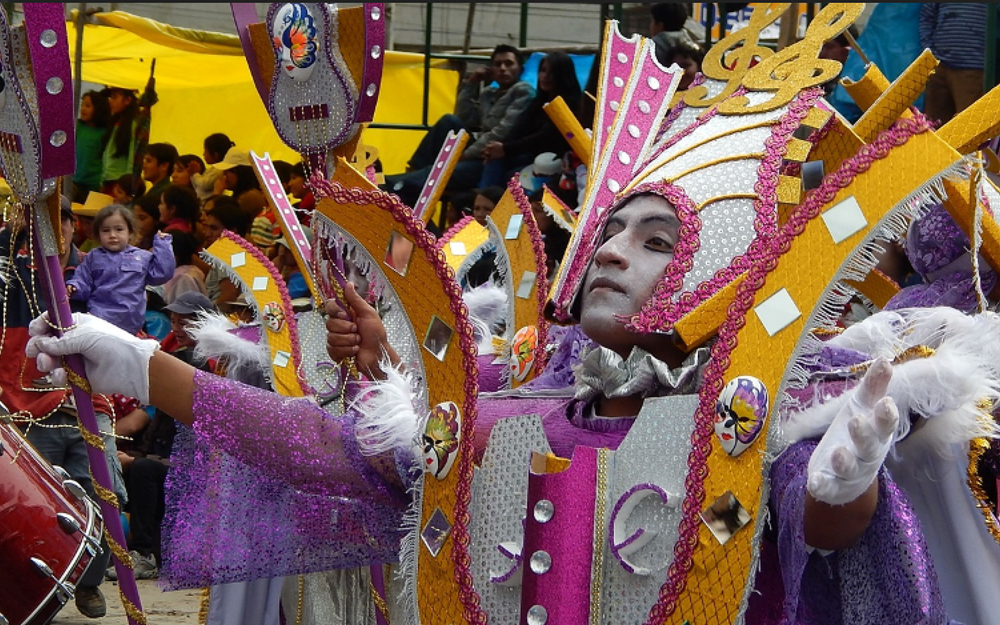
Carnival has historically served as a vibrant platform for expressing resistance against colonialism and social norms, particularly in colonial and post-colonial societies. In Trinidad and Tobago, Carnival originated as an act of rebellion, where the marginalised could indulge in behaviour normally frowned upon. It became an arena for mockery and satire, challenging societal norms and the status quo through costume and song. The festival provided enslaved people (and later freed individuals) a unique space to parody their oppressors, as seen in the masquerade balls where French settlers and enslaved people engaged in role reversal through costumes and performances.
\Carnival music, particularly calypso, has also played a significant role in voicing social and political dissent. Lyrics often contain pointed critiques of political figures and policies, encapsulating periods of civil unrest and serving as a voice for the people. The dance styles in Carnival also symbolised resistance against colonial standards, with the movement representing freedom and resilience against subjugation.
The transformative power of Carnival is evident in its expansion beyond its traditional calendar, as seen in Trinidad’s Emancipation Day celebrations, where Carnival-like activities marked the end of slavery. This resilience was also demonstrated in the Canboulay Riots of 1881 in Trinidad, where attempts by colonial authorities to suppress Carnival led to organised resistance by the community, securing their right to celebrate. Even in contemporary times, Carnival elements are used to resist social issues like gentrification, as observed in London’s Notting Hill Carnival.
But while Carnival celebrations are vibrant expressions of cultural heritage, they are not immune to contemporary debates and challenges. In recent years, Carnival has faced criticism over cultural appropriation, where certain costume choices are viewed as either offensive or a misappropriation of cultural symbols. For instance, in Brazil, identitarian activists have raised concerns about costumes that may be seen as appropriating religious figures or ethnicities.
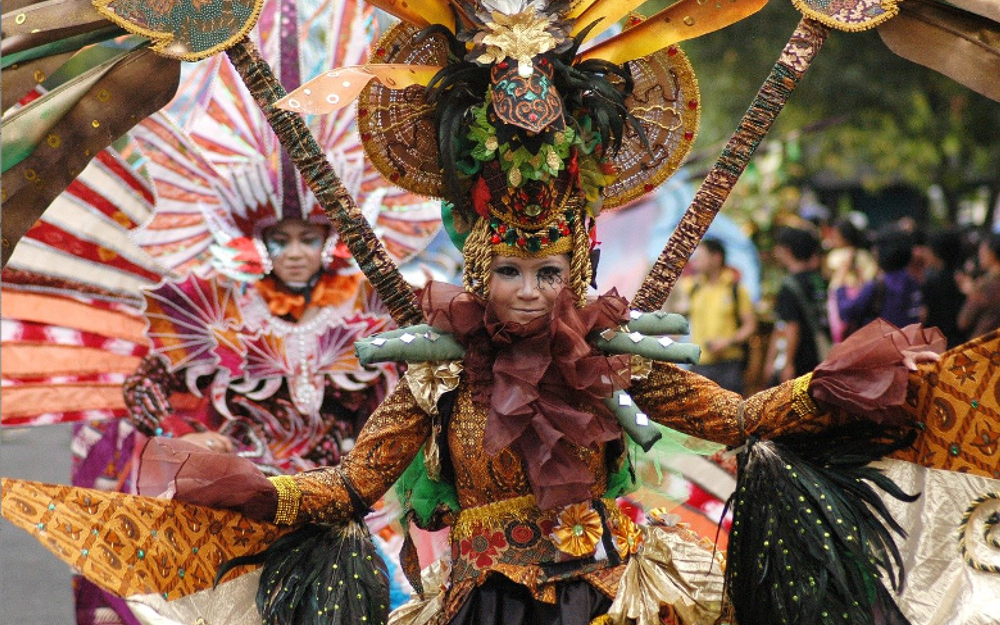
This debate intensified when actress Alessandra Negrini, dressed as an indigenous woman during Carnival, was accused of cultural insensitivity despite her intent to draw attention to the plight of indigenous tribes. These controversies highlight the complexities of cultural representation in Carnival, where the line between celebration and appropriation can be thin and subject to varying interpretations.
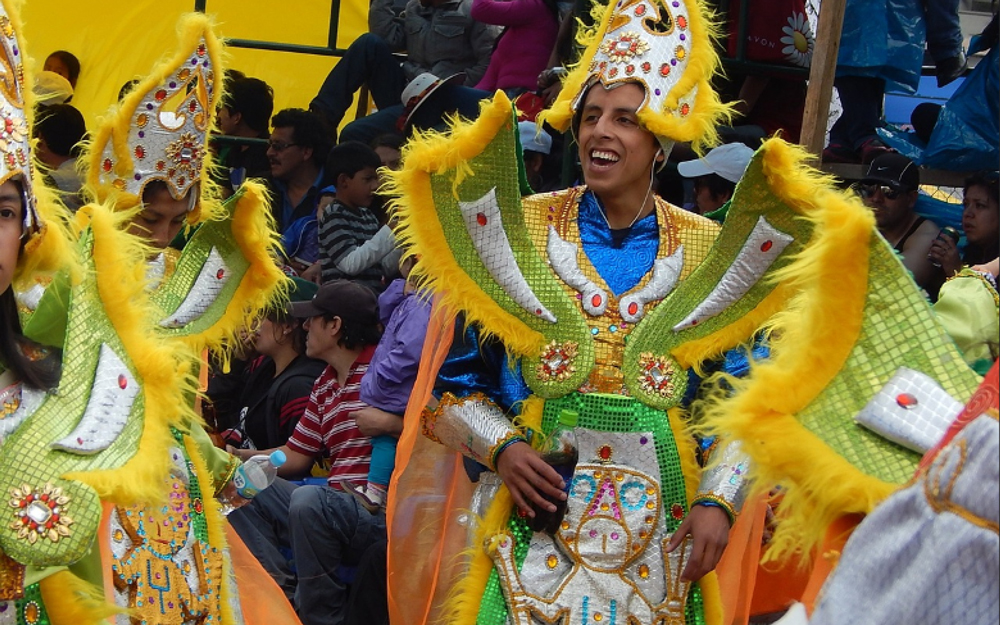
Alongside these cultural debates, Carnival has also been impacted by commercialisation and globalisation. Traditionally a cultural event, Carnival has increasingly shifted towards commercial activities, growing in scale and economic value. This transformation is evident in its organisational dynamics, which now resemble those of corporate enterprises with sophisticated management, logistics, and a focus on economic gains. This shift has led to Carnivals being seen as products catering both to local traditions and the tastes of a globalised elite. Indeed, the transformation of Carnival into a mega event has raised concerns about its ability to maintain its cultural authenticity amidst growing commercial interests.
Ultimately, these contemporary challenges reflect the dynamic nature of Carnival as it navigates the delicate balance between preserving cultural heritage and adapting to a rapidly changing global landscape. This balancing act is crucial not only for maintaining the festival’s rich historical significance but also for ensuring its continued relevance and vibrancy in increasingly connected world.

